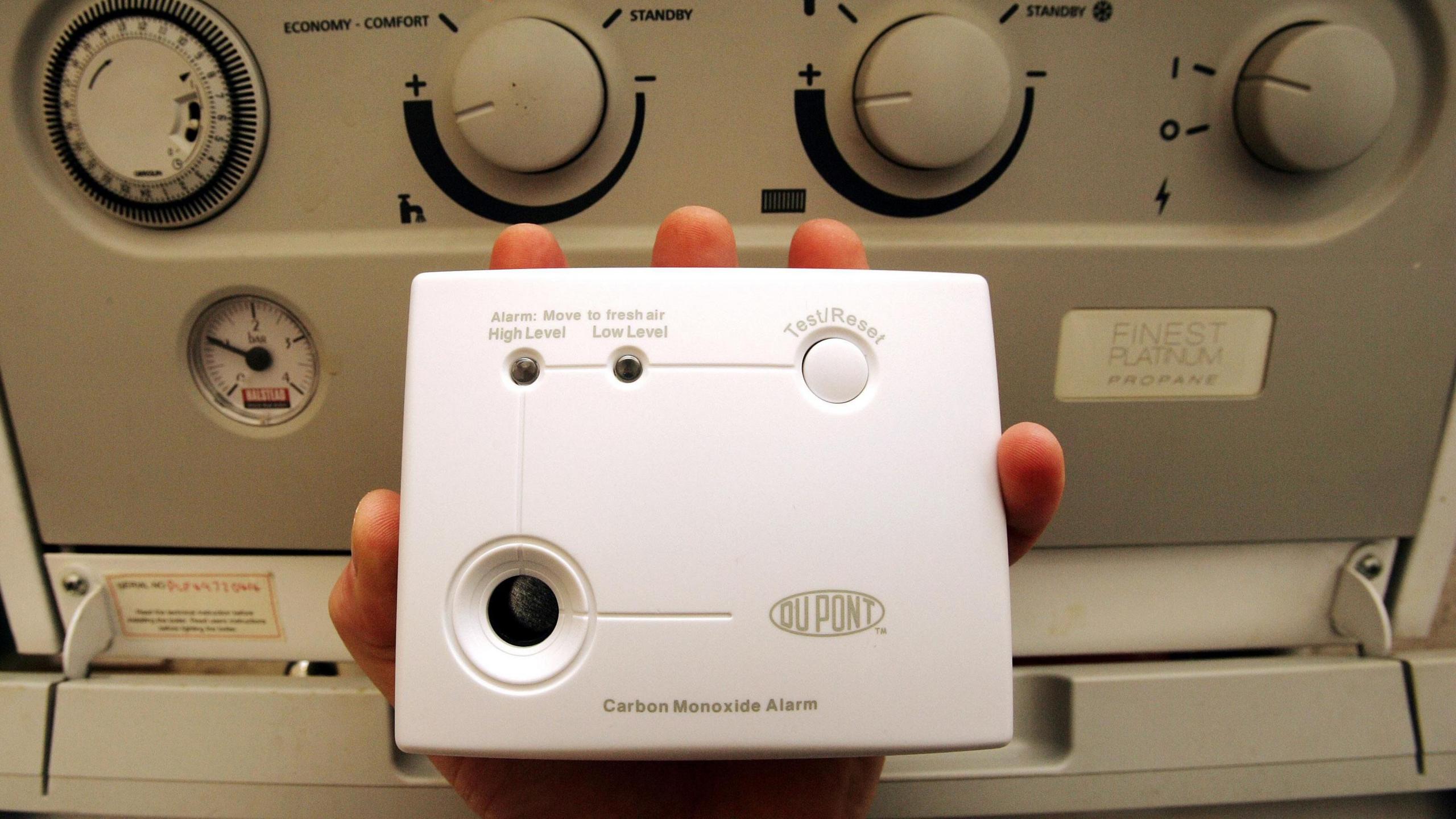Rise in carbon monoxide emergency callouts

Emergency carbon monoxide callouts have risen in the region
- Published
The number of confirmed or suspected cases of carbon monoxide in the north east of England has risen by 37% since 2021, according to Northern Gas Networks (NGN).
There were 1,408 emergency visits to households in 2023 compared to 1,031 in 2021.
An NGN official said there is a worry the rise was due to the cost of living crisis as people may not be servicing their appliances as often as they should.
NGN also made 260 carbon monoxide-related visits to Cumbria in 2023, a 61% increase against 2021 when they visited 161 properties.
Carbon monoxide poisoning kills about 60 people in the UK , externala year.
Laura Ratcliffe at NGN said the rise was “worrying”, adding that regularly servicing gas appliances is important but “there is a cost associated with that”.
“If people can’t afford to do that then their appliances aren’t checked as regularly,” she said. “That could be a problem”.
She said people should invest in a carbon monoxide detector, which costs about £15, so that any potential leaks can be spotted immediately.
Detectors can also help protect neighbours who can also be affected by carbon monoxide leaks in your property, she said.
If someone suspects a carbon monoxide leak, they should try and turn off the appliance they think may be causing the problem, open windows and doors, leave the building and then call the National Gas Emergency service, Ms Ratcliffe said.
Signs of carbon monoxide poisoning include headaches, dizziness and nausea.
Follow BBC North East & Cumbria on X (formerly Twitter), external, Facebook, external and Instagram, external. Send your story ideas to northeastandcumbria@bbc.co.uk.